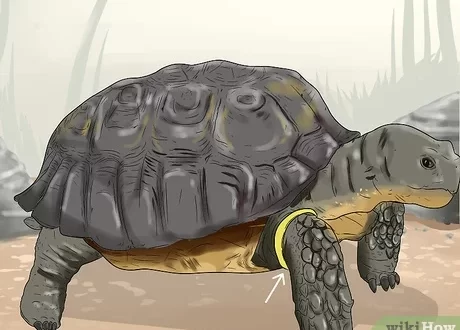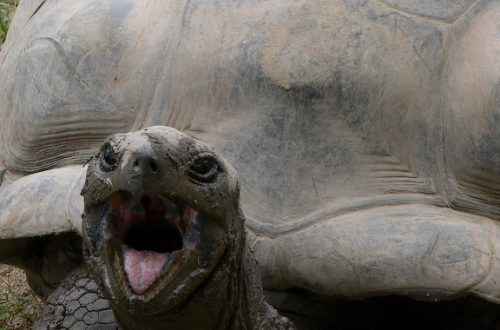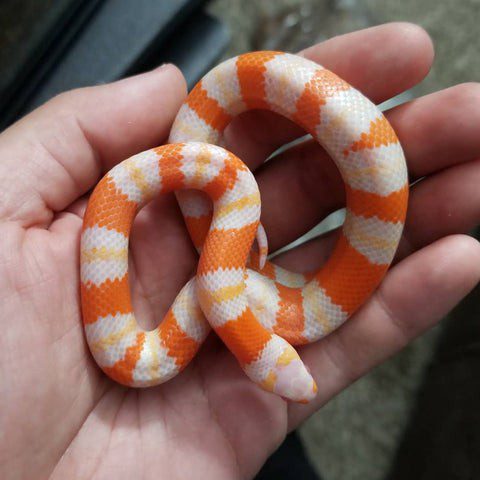
Milk snakes: mālama a mālama i ka home
The milk snake is rightfully considered the brightest and most beautiful representative of the already-shaped family. In her color there are several colors at once – red, white, and also black. In its natural environment, it stands out noticeably against the background of stones, grass and shrubs.
In this article, we will tell you how to make the life of this exotic pet comfortable and protect it from dangers. Explain what to include in the diet.
Contents
Introduction
ʻO ka wehewehe ʻana o ke ʻano
The milk snake (Lampropeltis triangulum) is similar to one of the most venomous reptiles in the animal kingdom, the coral asp. Her head is painted black, her body is scarlet with multi-colored stripes. But this is the only thing that unites them. These snakes can be safely picked up, they do not pose a threat to humans. Disguise as a poisonous individual is needed only for self-defense.
Despite the fact that the name does not correspond to the appearance of the snake, it did not appear by chance. In their habitats, cattle periodically lose milk. The farm workers suggested that
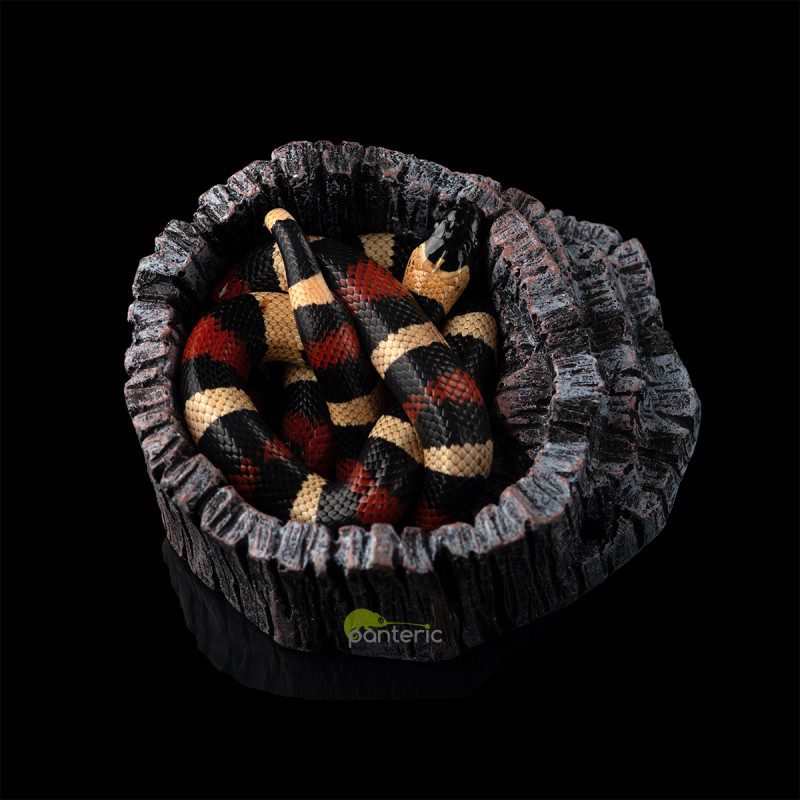
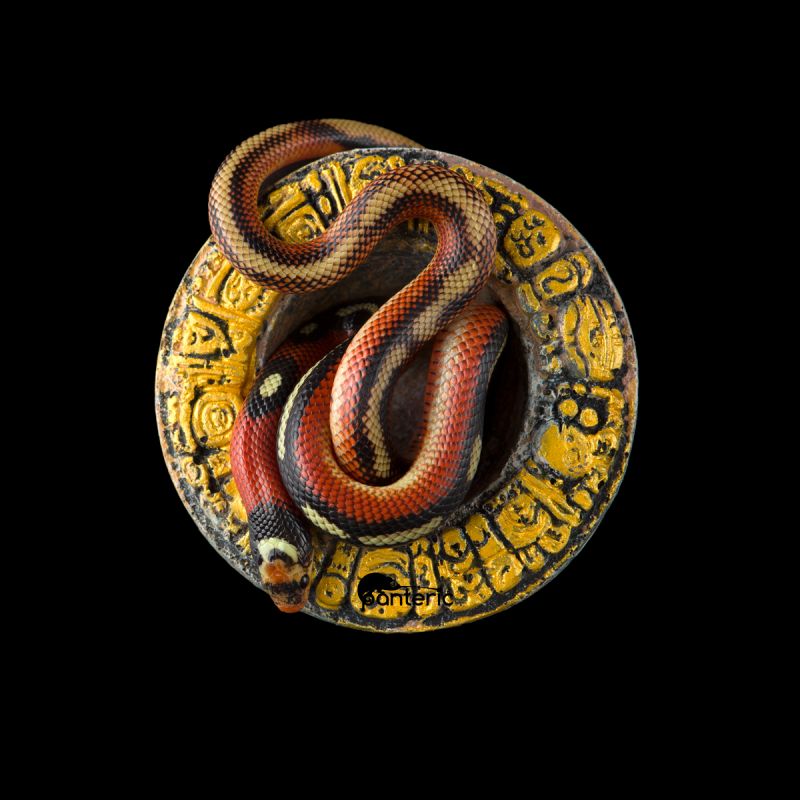
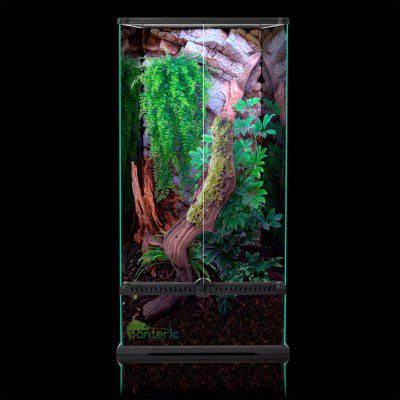
Nā kūlana ola a me nā nui
Milk snakes originated from North and Central America. The habitat depends on the species. it
The length of reptiles can reach 1,2 meters. At the same time, large snakes can eat those that are smaller. Representatives of this species love to be near the water and swim for a long time. They are active mainly at night, and during the day they rest in shelter.
Milk snakes in their natural habitat always hibernate. It lasts from the second half of November to mid-February. During this period, the ambient temperature does not exceed 10°C.
Mea Paʻa Paʻa
terrarium
Keeping a milk snake at home is not very difficult. Even a beginner can handle it. However, it is important to consider that she may try to get out of the terrarium if she finds a suitable hole. She crawls quickly, it will be quite difficult to find her. The terrarium is suitable horizontal, the minimum parameters for one individual should be 60 × 45 × 30 cm.
hookah
The temperature is maintained with the help of a thermal cord and a thermal mat. During the day in the warm zone, it is maintained at a level of 30–32 ° C, and at night – 24 ° C. In the cool part, these figures should not exceed 27°C during the day and 21°C at night.
Pā
Typically, wood bark or poplar fibers are used as the substrate. Sphagnum moss can be placed under cover. It is needed to maintain the level of humidity and good shedding of the snake.
nā hale noho
Inside the dwelling place shelters in the form of stumps, rocks and grottoes. However, most of the space is left free.
World
During the active period, daylight and UV lamps with UVB radiation should work 12 hours a day. This is important for maintaining circadian rhythms.
To make the pet feel comfortable and calm, in winter it can be arranged for wintering. Preparation begins at the end of autumn. Within 3 weeks, gradually reduce the daylight hours and reduce the night temperature. The duration of wintering is approximately 2 months.
ka wai
Humidity in the terrarium should be 75%. To maintain it, hygroscopic soil is placed inside and the space is sprayed with water.
For a milk snake, a heavy and large drinker is installed. It is needed not only for quenching thirst, but also for bathing.

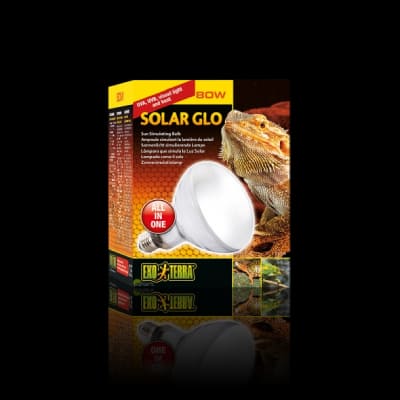
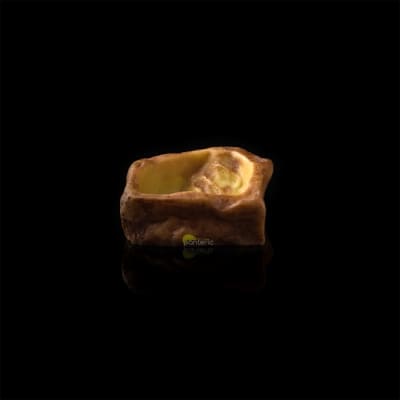
ai
Lampropeltis triangulum in its natural environment catches mice, chicks, lizards and other snakes. The diet of these reptiles in captivity may include prey rodents and birds.
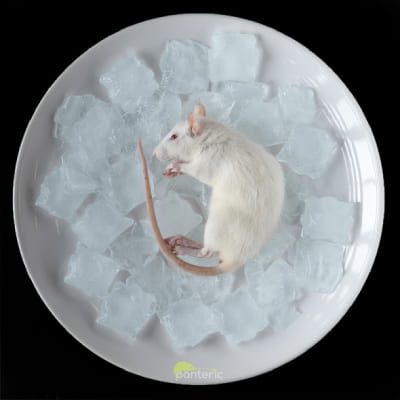
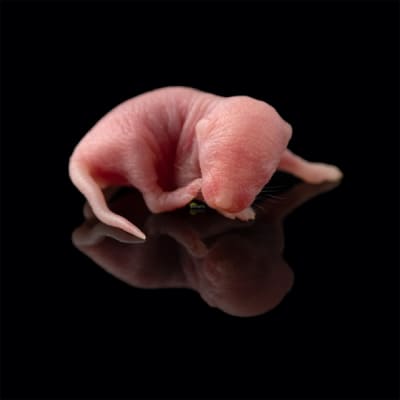
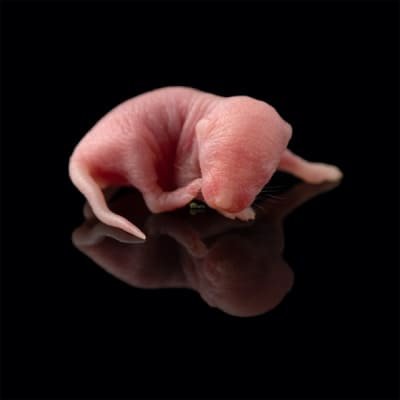
NPP
Ka hana hou
Milk snakes reach sexual maturity by their second year of life. Moreover, males mature earlier than females.
The mating season for these reptiles begins in March and lasts until April. During this period, the female, ready to mate, releases pheromones. These substances leave a trail with a strong odor on the ground, which attracts males.
45 days after mating, the female lays 4 to 12 eggs in the soil. After about 2 months, offspring appear. The length of the cubs can reach 20 cm
How long do milk snakes live
Life expectancy is significantly affected by the conditions of detention. On average, this figure is 15–20 years.
Milk snakes treat people calmly, but they cannot be considered completely harmless. They are prone to cannibalism. Therefore, the joint maintenance of milk snakes can lead to the death of a weaker individual.
Ka mālama ola kino
In order for your pet to be active and not get sick, you need to create comfortable and safe living conditions for it. Control temperature, light levels and humidity. Provide him with a comfortable “wintering”.
Communication with milk snakes
For lovers of exotic animals, these reptiles are the best choice. They very quickly get used to the owner and become tame. Even a beginner will cope with their content.
Nā Mea Hoʻohanohano
- The most popular subspecies for keeping are Lttriangulum, Ltgaigeae, Ltcambellic, Ltsinaloae, L. t. Hondurensis.
- This reptile should not be given milk. It will cause intestinal upset
- Immediately after birth, the cubs crawl in different directions and avoid meeting with relatives. The reason for this behavior is frequent cases of cannibalism.
Nā mea kolo ma ko mākou hale kūʻai
- You can buy a pet in
online no kūʻai Pantheric. We breed milk snakes under strict control and comply with the necessary requirements. All individuals are absolutely healthy and ready to move to a new home. - Our consultants will help you choose the right terrarium, accessories, vitamins and food. If necessary, we will give a free consultation on the care of a milk snake.
- If you don’t know where to leave your reptile on vacation, contact our pet hotel. We take into account the peculiarities of the content, we guarantee proper nutrition and supervision of a specialist.
Ma kēia ʻatikala, e wehewehe mākou pehea e mālama ai i kahi gecko Iran ma ka home. E haʻi mākou iā ʻoe i ka lōʻihi o ke ola ʻana o nā moʻo o kēia ʻano, nā mea e pono ai lākou e hānai.
Ma kēiaʻatikala - nā nuances o ka mālamaʻana i nā'ōpala hānai, nā hiʻohiʻona o kā lākou mālamaʻana a me ka hānaiʻana!
E pane mākou i nā nīnau kikoʻī e pili ana i ka mālama ʻana i ka skink ma ka home, ka mea e hānai ai a pehea e mālama ai.



